 Hartford Street Scene
Hartford Street Scene
Time Period: Early Twentieth Century (1901 - 1940) - Starting with H
 Hartford Street Scene
Hartford Street Scene
Hartford Water Tower
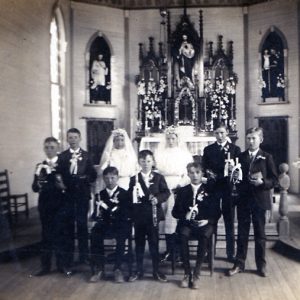 Hartman Catholic Church
Hartman Catholic Church
Hartz, Jacob, Sr.
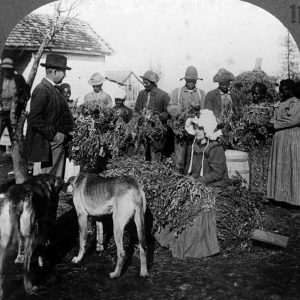 Harvesting Peanuts
Harvesting Peanuts
 Harvesting Soybeans
Harvesting Soybeans
Harvey, “Coin”
aka: William Hope Harvey
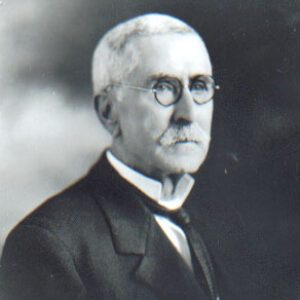 Coin Harvey
Coin Harvey
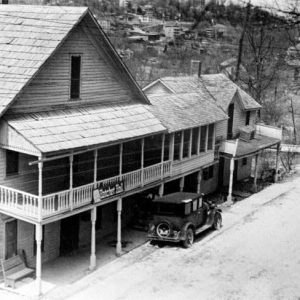 Hatchet Hall
Hatchet Hall
Hathaway, Isaac Scott
 Hattie Caraway
Hattie Caraway
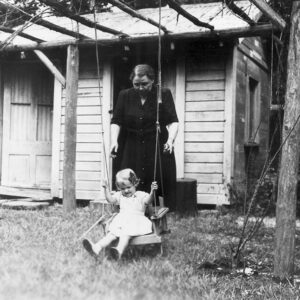 Hattie Caraway and Granddaughter
Hattie Caraway and Granddaughter
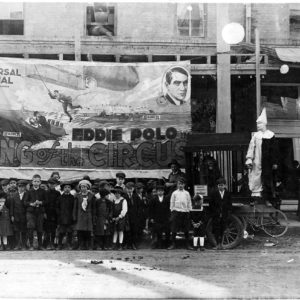 Hauber Theatre
Hauber Theatre
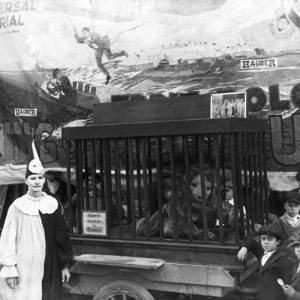 Hauber Theatre
Hauber Theatre
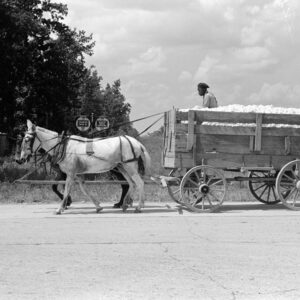 Hauling Cotton
Hauling Cotton
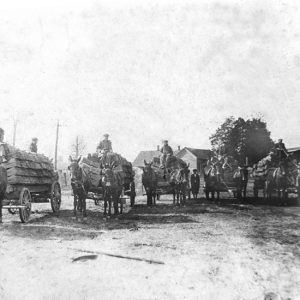 Hauling Cypress Shingles
Hauling Cypress Shingles
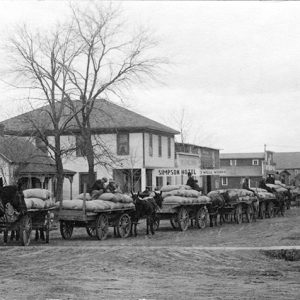 Hauling Rice to the Mill
Hauling Rice to the Mill
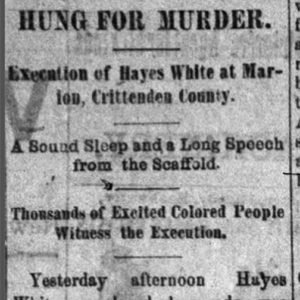 White Hayes (Execution of)
White Hayes (Execution of)
Haynes, George Edmund
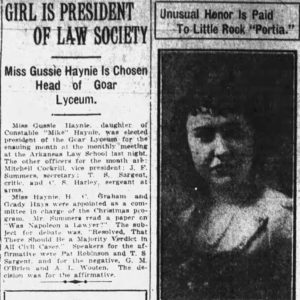 Gussie Haynie Article
Gussie Haynie Article
Haynie, Gussie Faye
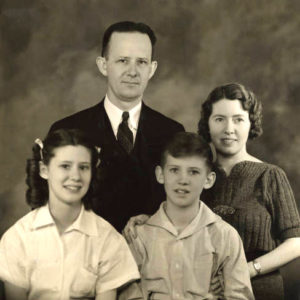 Hays Family
Hays Family
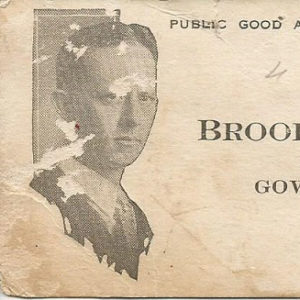 Brooks Hays Card
Brooks Hays Card
 George Hays
George Hays
Hays, George Washington
 Hazel Hotel
Hazel Hotel
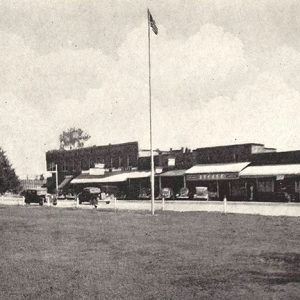 Hazen
Hazen
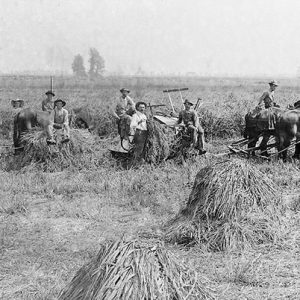 Hazen Rice Crop
Hazen Rice Crop
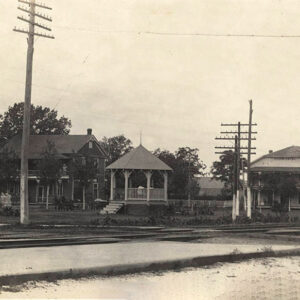 Hazen City Park
Hazen City Park
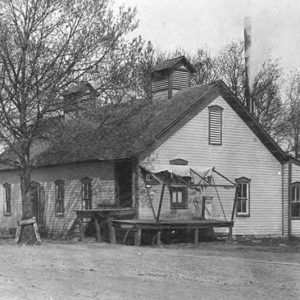 Hazen Creamery
Hazen Creamery
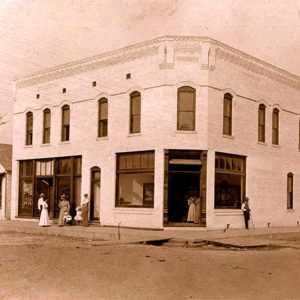 Hazen Post Office
Hazen Post Office
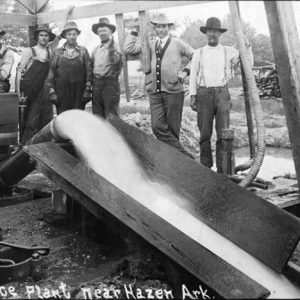 Hazen Rice Plant
Hazen Rice Plant
 Hazen Street Scene
Hazen Street Scene
 Hazen View
Hazen View
Hearn, May (Lynching of)
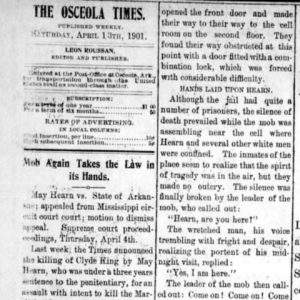 May Hearn Lynching Article
May Hearn Lynching Article
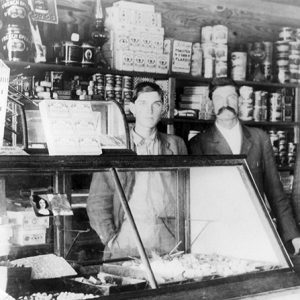 Hearn's Store
Hearn's Store
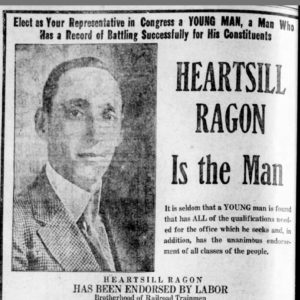 Heartsill Campaign Ad
Heartsill Campaign Ad
 Heber Springs Depot
Heber Springs Depot
 Heber Springs Street Scene
Heber Springs Street Scene
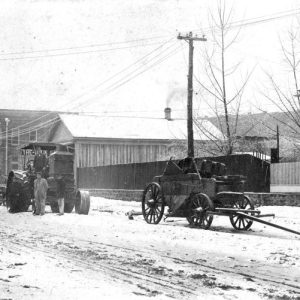 Heber Springs Street Scene
Heber Springs Street Scene
 Heber Springs Street Scene
Heber Springs Street Scene
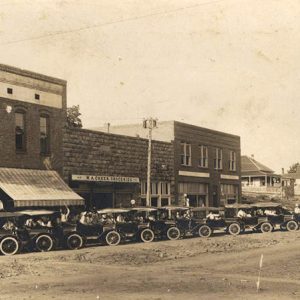 Heber Springs Street Scene
Heber Springs Street Scene
 Education, Mural by Paul Heerwagen
Education, Mural by Paul Heerwagen
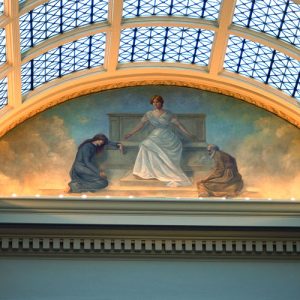 Religion, Mural by Paul Heerwagen
Religion, Mural by Paul Heerwagen
 War, Mural by Paul Heerwagen
War, Mural by Paul Heerwagen
Heerwagen, Paul Martin
 Justice, Mural by Paul Heerwagen
Justice, Mural by Paul Heerwagen
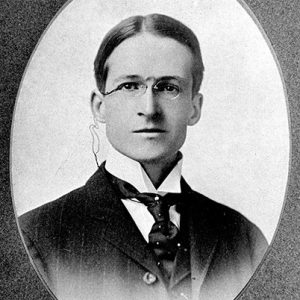 J. N. Heiskell
J. N. Heiskell
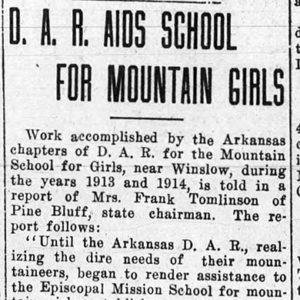 Helen Dunlap School Aid
Helen Dunlap School Aid




